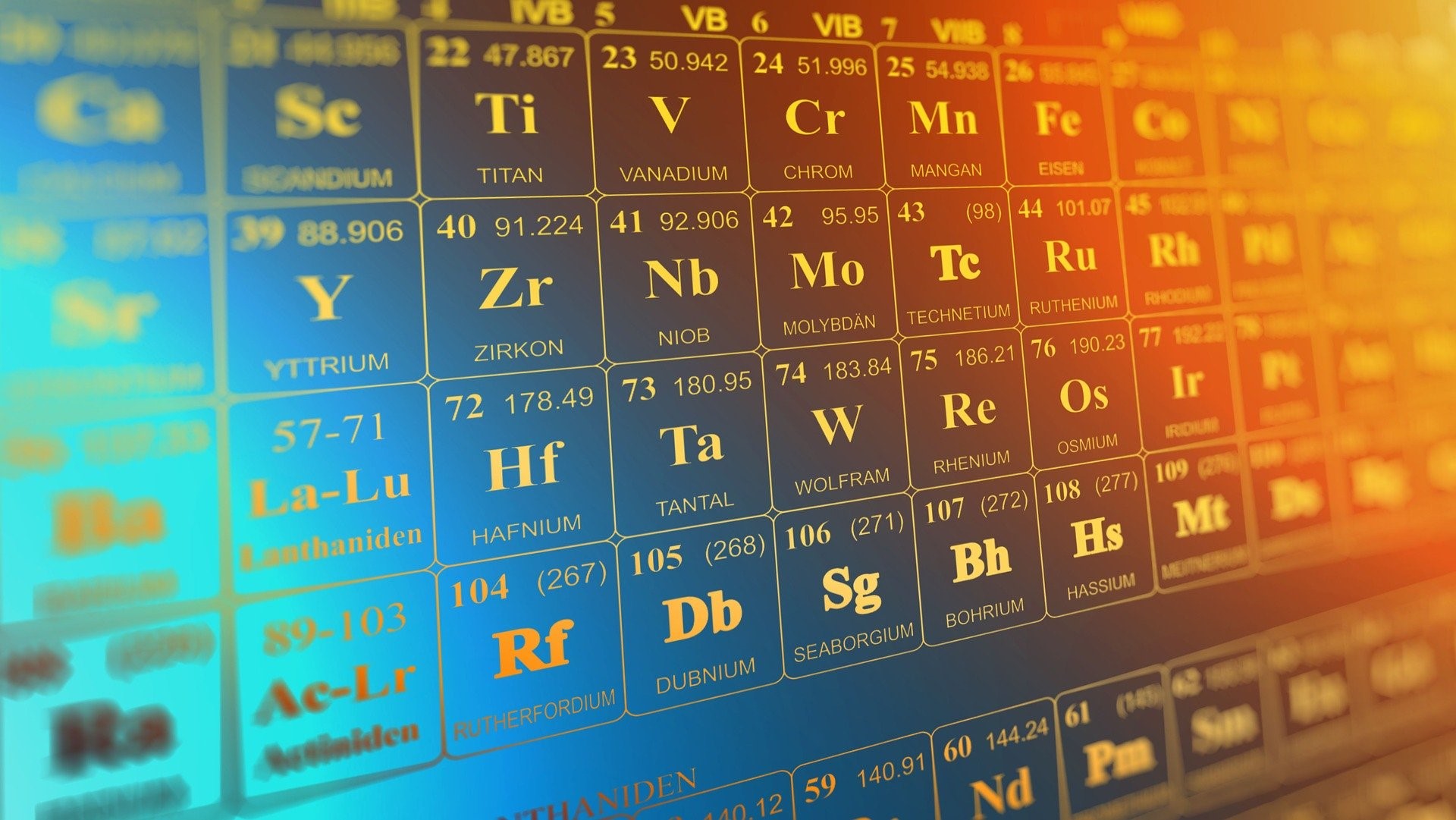STOICHIOMETRIC CALCULATIONS
STOICHIOMETRIC CALCULATIONS
Amount of substance used or produced in a chemical reaction.
Calculations to determine the amount of reactants or products of a chemical reaction.
Example:
A + B ___________> C ,
A and B are reactants, C is product, therefore, 1mol A reacted with 1mol B to give 1mol C
Mole ratio can be written as mol A / mol B = 1/1 or mol A/mol C = 1/1 or mol B / mol C = 1/1
Therefore, this means ; 1mole B = 1mole A = 1mole C
If A is present in more moles than B then A is excess reagent or reactant, and B will be the LIMITING reactant.
This means moles of B determine amount of C product expected from reaction.
% yield of product C = AMOUNT of C actually obtained / [amount of C expected] x 100
Example :
A + 3B __________> 2C
Mole Ratios ;
A mol/ mol B = 1/3 or mol A/mol C = 1/2 or mol B / mol C = 3/2
Example
-
2.0g of tin was burned up in oxygen gas to form Tin [II]Oxide. Calculate the % yield if 2.0g of product was obtained.


